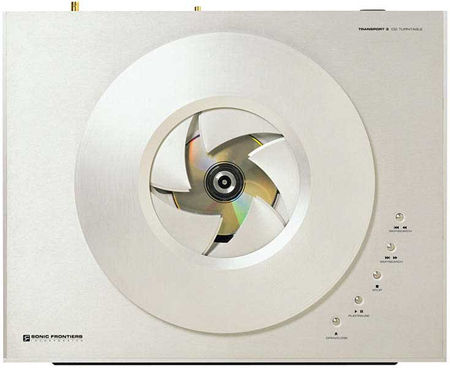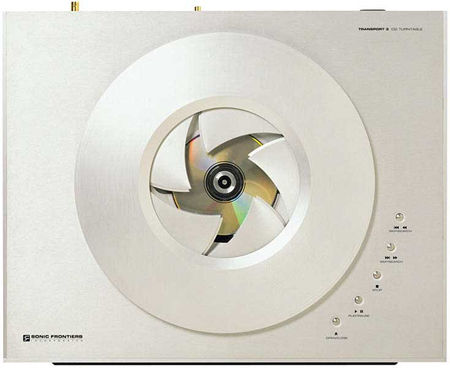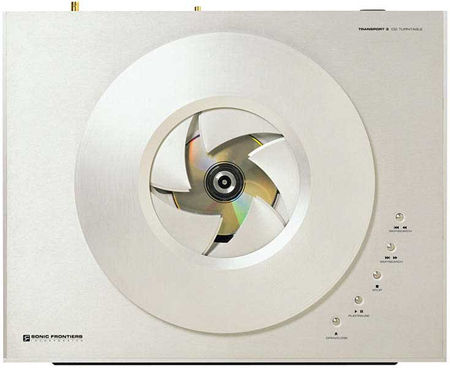Audiophile Inroads at AES
Audiophile Inroads at AES
- Read more about Audiophile Inroads at AES
- Log in or register to post comments
While some may disagree, it would seem that both competing high-rez audio formats, SACD and DVD-Audio, have stalled in the marketplace. Why do you think this is?


